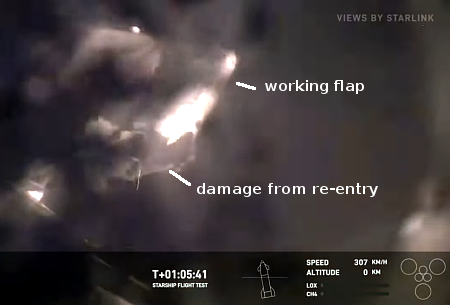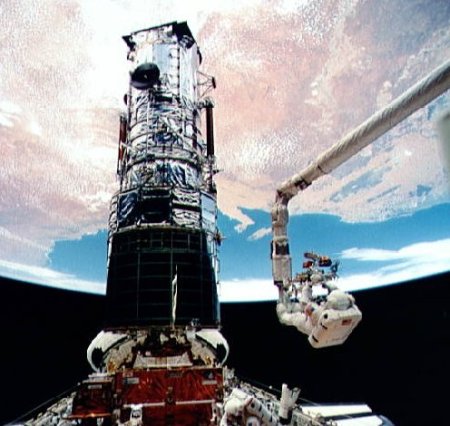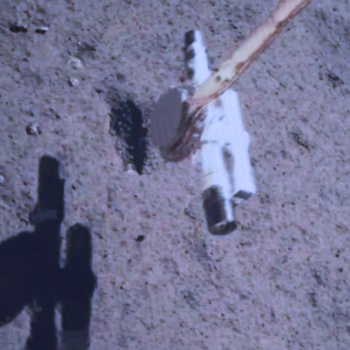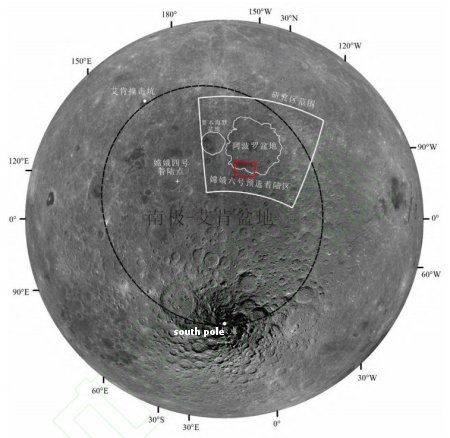ESA signs deal with Vast to use its Haven-1 space station

Vast Haven-1 station inside Falcon-9 fairing
The European Space Agency (ESA) and the commercial space station startup Vast today signed an agreement that sets the initial terms for ESA to use Vast’s first space station, Haven-1, as well as any space stations to follow.
The agreement outlines the parties’ intention to foster human spaceflight, science, technology and commercialisation development and explore collaboration in low Earth orbit destinations other than the International Space Station. The collaboration will initially focus on exploring opportunities for access to space for Europe through the Vast Space Stations. These could include:
- Access to the Vast Space Stations for ESA and its Member States, for astronaut missions and research activities as well as commercial business development.
- Supporting European industry to supply subsystems and equipment for future Vast Space Stations.
- Vast making use of future qualified European LEO cargo and/or crew transportation services, at market rates and commercially viable terms and conditions, also as a means for offsetting future ESA Astronaut Missions.
- Vast and ESA jointly supporting European industry in getting certified for docking to future Vast Space Stations.
This deal is actually a very big deal, as Vast’s Haven-1 space station is the only one under construction that does not have a deal with NASA. It is being financed privately and will at first simply be a one module habitat set to launch as early as August 2025 on a Falcon 9 rocket, with the first 30-day 4-person manned mission to follow almost immediately on a Dragon capsule. Vast’s work is closely linked with SpaceX, as its station also has a deal to use Starlink for communications.
The plan is to add more modules in the coming years to build up to a full station.
This deal not only indicates that this independent station is going to give the NASA-supported stations some real competition, it indicates that Europe is committed to doing the same. Now that Europe has abandoned the government-owned and international cooperation model it has used for decades with decidedly mixed results and switched to the capitalism model, where it is merely a customer buying things from a competing private sector, it is doing so full speed ahead, without any hesitation.
The independence of this station also frees it and its customers from the heavy rules that NASA routinely imposes on anyone who deals with it. This aspect gives Vast a competitive advantage that many will clearly wish to take advantage of.
This deal is therefore a challenge that better be recognized by NASA and the other commercial stations. If they don’t react properly they could find themselves left in the dust completely.

Vast Haven-1 station inside Falcon-9 fairing
The European Space Agency (ESA) and the commercial space station startup Vast today signed an agreement that sets the initial terms for ESA to use Vast’s first space station, Haven-1, as well as any space stations to follow.
The agreement outlines the parties’ intention to foster human spaceflight, science, technology and commercialisation development and explore collaboration in low Earth orbit destinations other than the International Space Station. The collaboration will initially focus on exploring opportunities for access to space for Europe through the Vast Space Stations. These could include:
- Access to the Vast Space Stations for ESA and its Member States, for astronaut missions and research activities as well as commercial business development.
- Supporting European industry to supply subsystems and equipment for future Vast Space Stations.
- Vast making use of future qualified European LEO cargo and/or crew transportation services, at market rates and commercially viable terms and conditions, also as a means for offsetting future ESA Astronaut Missions.
- Vast and ESA jointly supporting European industry in getting certified for docking to future Vast Space Stations.
This deal is actually a very big deal, as Vast’s Haven-1 space station is the only one under construction that does not have a deal with NASA. It is being financed privately and will at first simply be a one module habitat set to launch as early as August 2025 on a Falcon 9 rocket, with the first 30-day 4-person manned mission to follow almost immediately on a Dragon capsule. Vast’s work is closely linked with SpaceX, as its station also has a deal to use Starlink for communications.
The plan is to add more modules in the coming years to build up to a full station.
This deal not only indicates that this independent station is going to give the NASA-supported stations some real competition, it indicates that Europe is committed to doing the same. Now that Europe has abandoned the government-owned and international cooperation model it has used for decades with decidedly mixed results and switched to the capitalism model, where it is merely a customer buying things from a competing private sector, it is doing so full speed ahead, without any hesitation.
The independence of this station also frees it and its customers from the heavy rules that NASA routinely imposes on anyone who deals with it. This aspect gives Vast a competitive advantage that many will clearly wish to take advantage of.
This deal is therefore a challenge that better be recognized by NASA and the other commercial stations. If they don’t react properly they could find themselves left in the dust completely.







